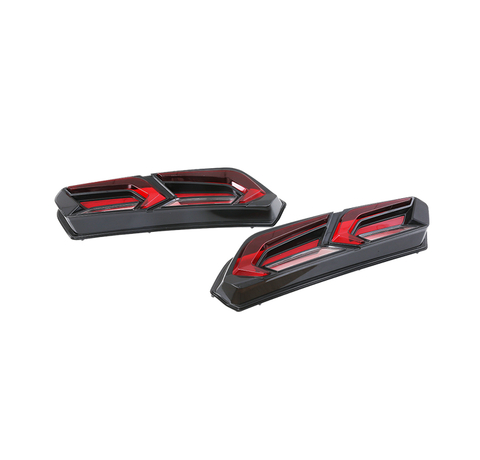Car Part Mold Influence on Automotive Component Quality

A Car Part Mold plays a significant role in shaping the quality and performance of automotive components used in today’s vehicles. While many people focus on the visible design of a car, the moulds that produce interior and exterior parts determine the accuracy, durability, and appearance of each piece. From dashboards to bumpers and smaller structural elements, the precision of a Car Part Mold directly influences how well components fit and function once installed.
The process of creating a Car Part Mold starts with detailed analysis of the part design. Engineers examine geometry, thickness, reinforcement areas, and connection points to ensure the mould can reproduce these elements without deformation. This involves evaluating how the plastic or metal material will flow inside the cavity. Even small imperfections may cause misalignment or stress points that affect long-term performance.
Material selection for the mould itself is carefully considered. Since automotive components require consistent strength and dimensional stability, moulds must tolerate repeated cycles under high pressure and temperature. Steel grades, heat treatment procedures, and surface finishing techniques all contribute to the mould’s longevity. A well-chosen material helps maintain precision over time, minimizing variations between production batches.
During machining, advanced tools such as milling machines and EDM systems are used to form the complex details required in many automotive parts. A Car Part Mold must replicate both structural features and aesthetic elements, such as textured surfaces or smooth contours. These details influence the final appearance of the part and ensure that components meet both functional and design expectations.
Cooling systems also play a crucial role. Automotive parts often have large surfaces or uneven thicknesses, making balanced cooling essential to avoid warping. Engineers design internal channels that help regulate temperature throughout the mould. Proper cooling ensures that the part maintains its shape and reduces cycle time, which supports efficient manufacturing.
Another important consideration is the gating system, which determines how material enters the mould cavity. A well-positioned gate supports consistent filling, reducing internal stresses and surface imperfections. The ejection system must also be designed carefully, as automotive parts can be large or have delicate features that require smooth release without marking the surface.
Car Part Mold manufacturers must adapt to new requirements. Modern cars increasingly feature lightweight materials, intricate styling, and improved safety elements. Each advancement requires moulds capable of handling new shapes, tolerances, and processing conditions.
In summary, the Car Part Mold is a critical tool in the automotive industry, shaping components that contribute to comfort, safety, and appearance. The accuracy of the mould, combined with strong material selection and reliable cooling and gating systems, ensures that each part aligns with design standards.




